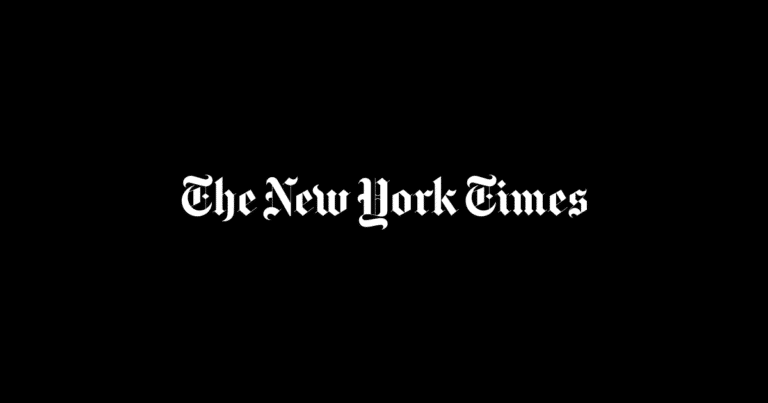Since the first use of photography to document battle in the Crimean War, there have been questions about the ethics of photojournalism in covering conflict and about how to regard the suffering of others depicted in that work.
In a haunting essay published today, the Opinion columnist Lydia Polgreen explores the power of photography to mold public perception of war not just across history but also, more intently, in the current conflict between Israel and Hamas. Lydia argues that one image in particular — of six small children killed on Oct. 22 by an Israeli bombardment in the central Gaza Strip — requires attention and answers.
I urge you to read Lydia’s wrenching, powerful description of the horror this photograph conveys. It is that horror that brought me to the difficult decision not to publish the image in full in Opinion’s report.
This kind of editorial judgment at The Times is informed by long-held standards about publishing journalism that is graphic in nature and might raise concerns for the families involved. But these decisions can also be subjective and are made on a case-by-case basis after significant discussion.
As editors, we ask a series of questions before publishing sensitive photos, such as: Does the image respect the dignity of the victims? Is it exploitative or gratuitous? Would you publish an equivalent photograph if you were closer to the victims or if it was taken in a different location? Does the image help describe the news event in a way that has more impact than reporting alone can do? Have you considered what the response of family or loved ones of the victims might be?
There are reasonable people who would argue, as Lydia does, that showing this specific photograph is necessary to offer moral clarity around the stakes of this war and the pain it is inflicting on civilians in Gaza. Others, including supporters of the Palestinian cause, would see the same image and suggest that publishing it risked dehumanizing the children it depicted. And still others could ask why Times Opinion has not published similar graphic photographs of the Israeli babies killed in the Oct. 7 terrorist attacks.
I thought about all these questions, and more, and ultimately chose to include an external link in Lydia’s column for those readers who wanted to see the full image.
For me, the tipping point was how clearly the viewer could identify each of these children. This is often one of the factors we use when children are in a photo, and we frequently try to get parents’ consent before publication. We were not able to reach the parents or families of these kids, and given the ongoing violence, they may even be deceased themselves. I could not imagine loved ones discovering that this image had been published in The Times without warning.
History will very likely determine if I made the right call. Until then, please take a minute to read Lydia’s beautiful counterargument.


